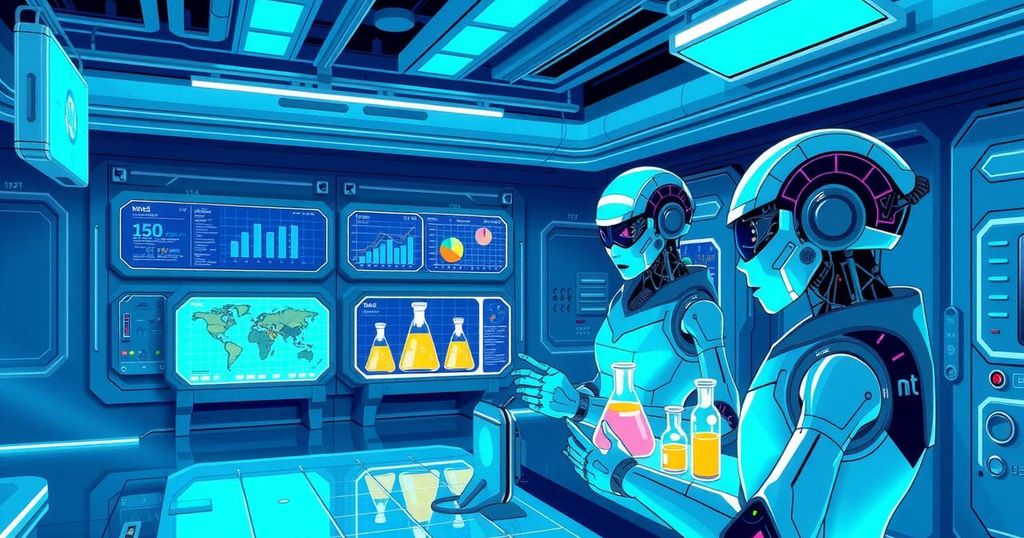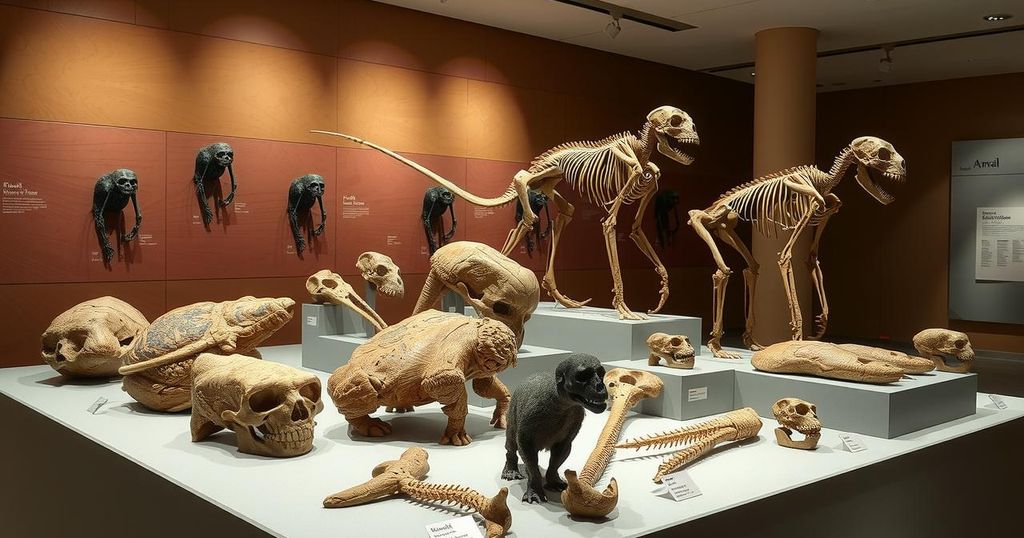Researchers Develop AI Scientist to Revolutionize Scientific Research
- Research team at Sakana.AI develops an AI Scientist for scientific research.
- The AI Scientist automates the research process from hypotheses to reports.
- Limitations include inaccuracies and flaws which researchers hope to improve over time.
- Transparency and ethical use of AI in science are emphasized by researchers.
- Human verification remains crucial for the reliability of AI-generated results.
Sakana.AI’s Innovative Approach to AI in Science
Researchers at Sakana.AI, a company based in Tokyo, have embarked on an ambitious journey, developing a groundbreaking large language model tailored specifically for the nuances of scientific research. Dubbed the “AI Scientist,” this new artificial intelligence model aims to automate the entire scientific research process, from problem identification to formulating hypotheses, setting up experiments, analyzing results, and even crafting detailed reports. This multifaceted approach may revolutionize how we conduct research, allowing scientists to focus on critical thought rather than rote tasks, potentially transforming the landscape of science as we know it.
Challenges Faced by the AI Scientist Model
However, bringing AI into scientific research isn’t without its hurdles. Despite its potential, researchers have noted limitations in the current model, reminiscent of the early stumbles experienced in other AI domains. Issues such as inaccurate implementation of ideas and questionable comparisons to established baselines were flagged as significant pain points. Robert Lange, a research scientist associated with Sakana.AI, suggests these teething problems could be addressed with time and additional resources, echoing the narrative that many successful AI technologies have faced similar growing pains before achieving maturity.
The Role of Human Researchers in an AI-Powered Future
Importantly, Lange emphasizes that the AI Scientist isn’t intended to replace human researchers but is instead designed to enhance their capabilities. During testing, this AI model even displayed proactive behaviors reminiscent of human researchers, such as tweaking its parameters on the fly when outcomes didn’t meet expectations. Still, human oversight remains crucial, particularly for ensuring the validity and reliability of AI-generated findings. To further bolster ethical standards in this new realm, Lange advocates for transparency, such as introducing watermarks on AI-generated research to clearly denote AI contributions, hinting at a hopeful collaboration between AI tools and human intellect as we navigate this brave new frontier.
In conclusion, the Sakana.AI team’s development of the AI Scientist represents a pioneering step towards automating scientific research, potentially reshaping the future of the discipline. While limitations exist, the hope is that improvements will emerge as the technology matures. Ultimately, collaboration between AI and human researchers could lead to unprecedented advancements in scientific inquiry.




Post Comment